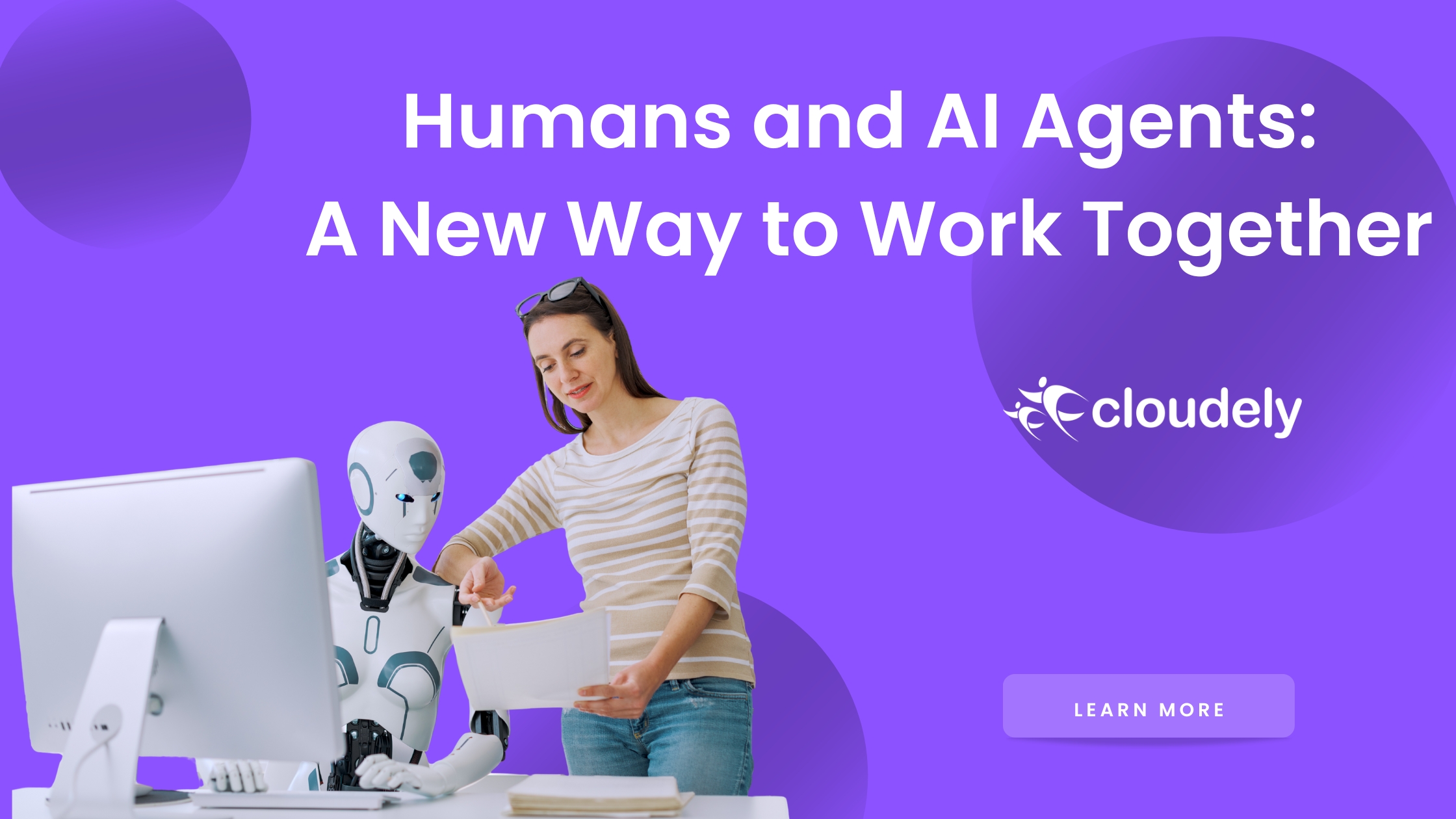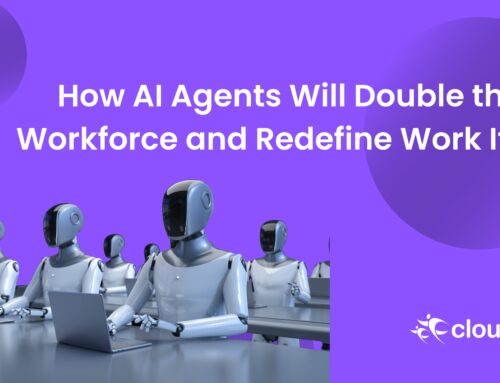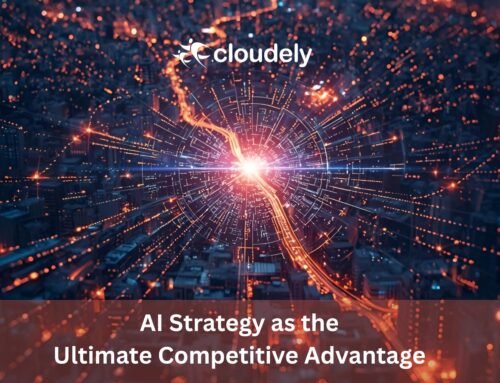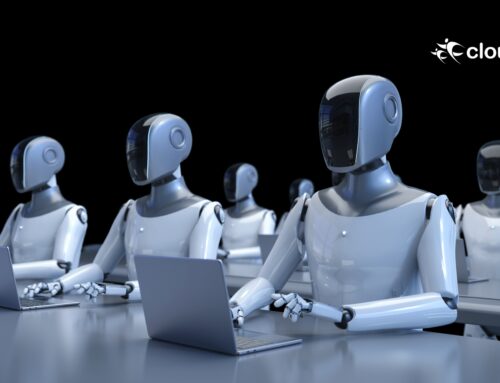Table of Contents
Humans and AI Agents: A New Way to Work Together
In offices, customer service teams, marketing departments, and even legal desks, a quiet revolution is underway. But it doesn’t always look like the sci-fi future we’ve seen on screen. Instead, it looks… familiar.
AI agents—software programs designed to think, act, and interact with minimal human input—are rapidly entering the workplace. While they often conjure images of cold automation or job-stealing bots, their actual integration into business workflows is far more nuanced, and in many ways, surprisingly human.
The secret to adopting AI agents successfully may not lie in understanding how different they are from us—but in how much they resemble the way we already work.
The Rise of the Invisible Coworker
Imagine a new team member joining your company. You give them a defined role, walk them through your processes, provide access to tools, and check in regularly to see how they’re doing. Now imagine doing all of that—but with software.
That’s what onboarding an AI agent looks like today. Whether it’s a chatbot handling customer inquiries or a program that categorizes leads for a sales team, these agents require guidance, context, and monitoring—just like people.
In many cases, agents operate quietly in the background, performing tasks like data entry, sorting tickets, or even running A/B tests in digital campaigns. The difference? They do it at speed and scale that no human team could match.
More Like Us Than We Think
What’s striking is not how futuristic these AI agents are, but how closely their behaviors and workflows mirror our own. When multiple agents operate in tandem—a structure known as a multi-agent system—they mimic the way teams function in most businesses.
Each agent has a specific goal. They pass information to one another. They work independently, yet remain aligned. They coordinate through shared interfaces and respond to input based on rules and data. Sound familiar? That’s a typical department meeting in action.
Even the way agents communicate is becoming more relatable. Advances in natural language processing mean that agents can understand and respond to human instructions in everyday language. And they can use that same language to collaborate with other agents—forming virtual teams that are agile, consistent, and tireless.
People and Programs, Side by Side
Despite fears of replacement, AI agents are not here to edge out human workers. Instead, they’re reshaping how work is done—splitting responsibilities between humans and machines in ways that make both more effective.
In customer support, for instance, an AI agent can quickly sort incoming requests and handle common issues. But when a complaint is complex or emotionally charged, the baton is passed to a human who can bring empathy and judgment to the table. Similarly, a marketing executive might draft a campaign idea, while agents segment audiences and test messaging at scale.
This division of labor isn’t just efficient—it’s empowering. Humans are freed from repetitive tasks and can focus on higher-order thinking: strategy, creativity, relationship-building. Tasks are no longer assigned simply based on job roles but are matched to the intrinsic strengths of either silicon or carbon.
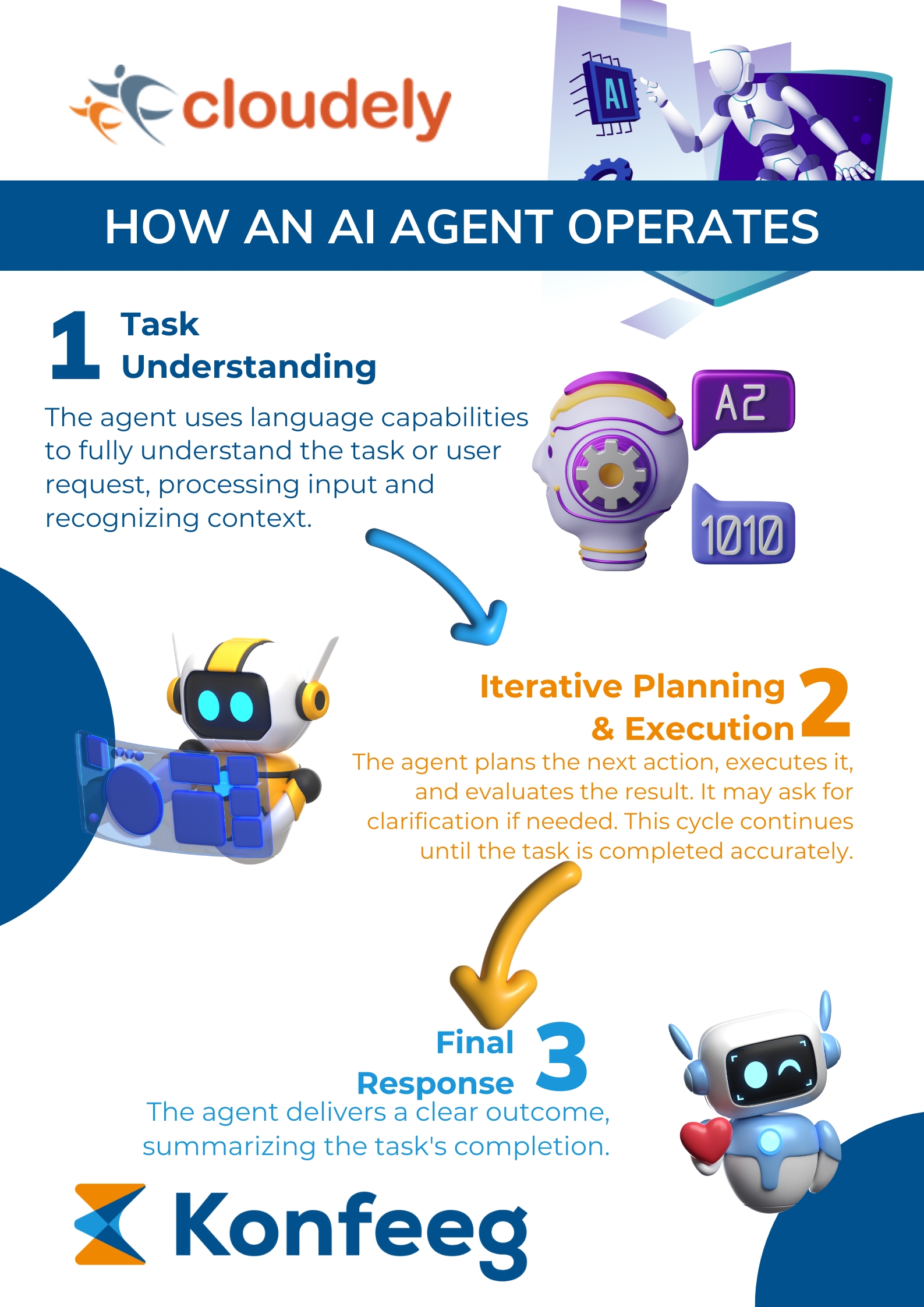
Modular, Governable, and Safe
One of the more comforting truths about AI agents is how governable they are. Multi-agent systems are designed to be modular, meaning agents can be inserted, tested, replaced, or removed without disrupting the entire workflow.
If an agent isn’t performing well—say, it’s misclassifying customer queries—it can be taken offline or retrained. Just like a team member who needs coaching, these systems allow for improvement without risking larger failure.
And oversight isn’t just human. Some agents are now designed to monitor others, acting like supervisors within the digital workforce. This self-regulating capability opens the door to smarter, safer AI ecosystems—ones that evolve without spiraling out of control.
Empowering the Workforce to Build
As agents become easier to deploy—often available out-of-the-box from cloud platforms or software providers—employees themselves are being encouraged to experiment with them. With a few prompts or API connections, a finance analyst could set up an agent to reconcile reports, or a content manager could automate idea generation and distribution.
Of course, with this empowerment comes the need for strong guidelines. Businesses must create clear approval and validation processes before new agents are allowed to integrate with core systems. This isn’t just an IT responsibility—it involves HR, legal, compliance, and leadership.
But the principle remains: this technology should be in the hands of those who will use it, not locked away in a centralized lab.
Rethinking Roles, Not Replacing Them
Perhaps the most profound shift isn’t technological—it’s philosophical. If we stop thinking of AI agents as alien beings and instead see them as digital teammates, we unlock new ways to structure work.
Human workers become more like orchestrators—prompting, guiding, and refining the efforts of AI. And AI, in turn, helps humans operate closer to their full potential: faster when needed, more focused when it counts, and less burdened by the mundane.
We’re not being replaced. We’re being supported.
A Familiar Future
AI agents are here. Not with a bang, but with a quiet, almost familiar presence. They onboard like us. They work like us. And they collaborate with us.
By seeing the familiar in the unfamiliar, businesses can make smarter decisions about how to integrate this technology—and people can feel more confident about working alongside it.
In the end, we’re all agents in a world that’s becoming more connected, more adaptive, and more collaborative than ever before.
At Cloudely, we’re changing how businesses grow with innovative AI solutions that empower humans and agents to work better together. Contact us at hello@cloudely.com to learn more about our latest AI agentic solutions.

